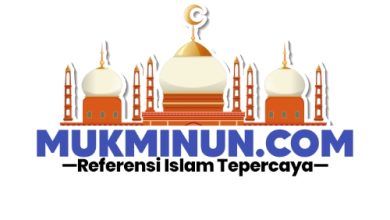ABY 1B: Unit 11 Conversation 3 – Life in a Village
Today, we have an exciting and enriching lesson planned for you. This is taken from Al-Arabiya Baina Yadaik Book 1B Unit 11 Conversation 3. Our focus will be on understanding and practicing English conversation through an interesting dialogue involving Arabic translations. Additionally, we will delve into important grammar points that are essential for mastering the English language.
CONVERSATION
Below is the conversation 3 from Unit 11 of Al-Arabiya Baina Yadaik Book 1B.
Ahmad: Where do you live now, Badr?
Badr: I live in the village.
Ahmad: Why did you leave the city?
Badr: The village is quiet, and the air is clean.
Ahmad: But in the city, there are universities, hospitals, companies, and markets.
Badr: And in the city, there is also noise, pollution, and congestion.
Ahmad: Why do you live in the village and you work in the city?
Badr: There is no problem.
Ahmad: How do you go to the city?
Badr: I go by train.
Ahmad: How long is the journey to the city?
Badr: It takes about an hour and a half.
QUESTION
Below are the question to check students’ understanding about the aforementioned conversation!
1 – Where does Ahmad live?
2 – Where does Badr live now?
3 – Where did he live before?
4 – Why did he move from the city?
5 – Where are the universities?
6 – Where is the congestion?
7 – How does he go to the city?
8 – How many hours is the trip to the city?
GRAMMAR LESSONS
Below are some grammar lessons that can be taken from the aforementioned conversation:
1 – Simple Present Tense:
Usage: Describes habitual actions or general truths.
Example: “He lives in the village.”
2 – Simple Past Tense:
Usage: Describes actions that happened in the past.
Example: “He moved from the city.”
3 – Interrogative Sentences:
Form: Question words (why, where, how, etc.) + auxiliary verb + subject + main verb.
Example: “Why do you live in the village while you work in the city?”
4 – Prepositions of Place:
Usage: Indicate locations.
Examples: “He lives in the village.” “There is noise in the city.”
5 – Conjunctions:
Usage: Connect words, phrases, or clauses.
Examples: “There are universities, hospitals, and markets.”
6 – Pronouns:
Usage: Replace nouns to avoid repetition.
Example: “He lives in the village. He works in the city.”
7 – Adjectives:
Usage: Describe or modify nouns.
Examples: “The village is quiet.” “The air is clean.”
8 – Nouns:
Usage: Refer to people, places, things, or ideas.
Examples: “universities,” “hospitals,” “pollution.”
9 – Contractions:
Usage: Shortened form of a word or group of words.
Example: “There isn’t a problem.”
10 – Adverbs:
Usage: Modify verbs, adjectives, or other adverbs.
Example: “The city is also noisy.” Wallahua’lam
Karangasem, 13 February 2025
Irfan Nugroho (Teacher at At-Taqwa Quranic School and Bani Saimo Quran Center of Sukoharjo)

